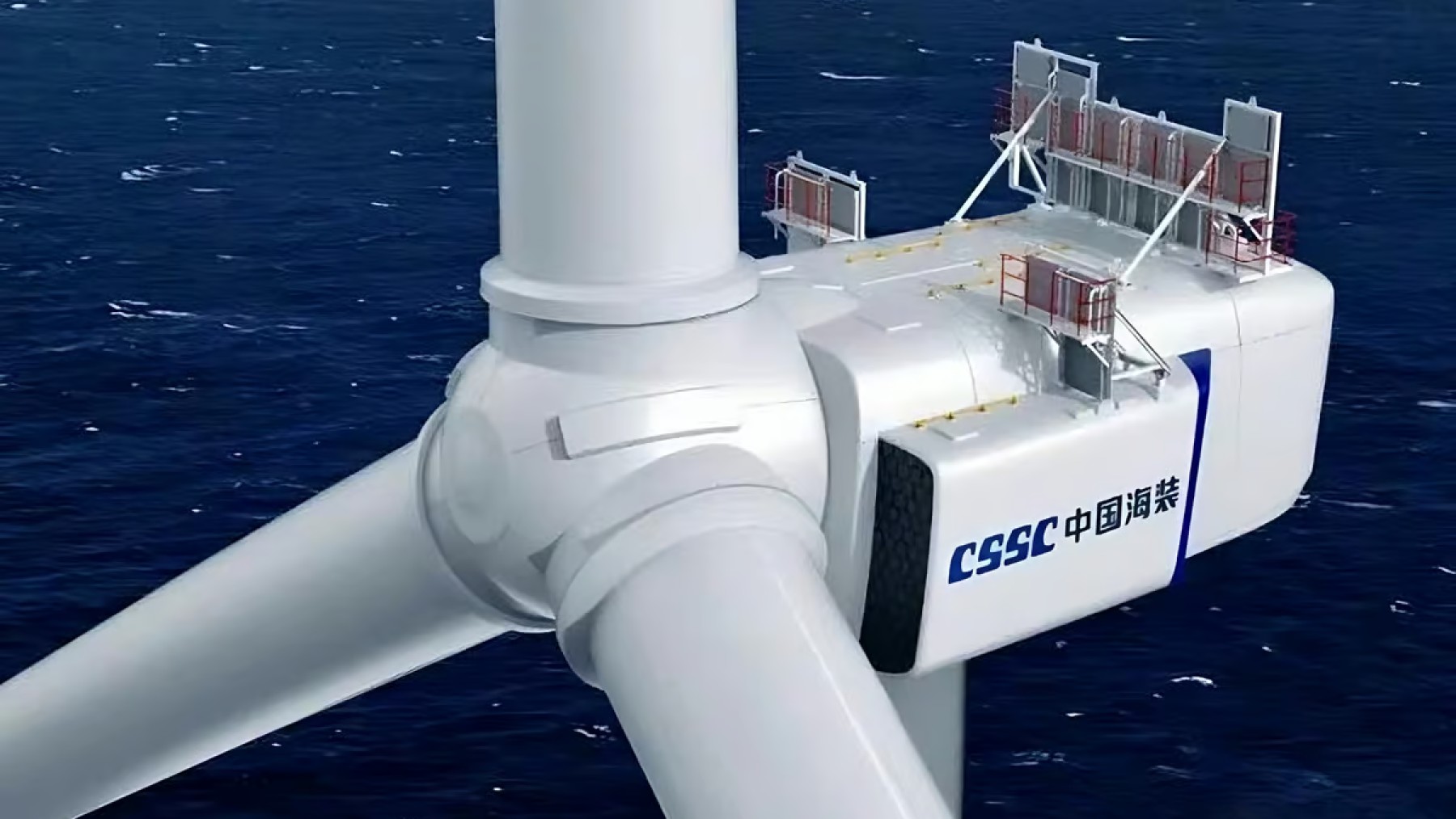Switched on the largest wind turbine in history: It’s causing something disturbing
October 27, 2024

Mingyang Smart Energy has recently been able to deploy what has been described as the largest offshore wind turbine in the world, MySE18.X-20MW, in Hainan, China. This turbine is a phenomenon in the wind energy sector, with rotor diameters ranging from 260 to 292 meters and generating capacity of 20MW. Yet the prospect for this massive sculpture is tainted with negative impacts on the environment and the communities around it.
The incredible technology behind the world’s largest wind turbine
MySE18.X-20MW turbine is one of the most sophisticated technological creations in engineering. It can operate efficiently in high wind speed areas and generate up to 80 million kWh of power per year, reducing CO₂ emissions by 66,000 tons. Due to its modular and lightweight structure and anti-typhoon system, the turbine can withstand severe weather conditions like storms.
This advanced technology improves the predictability of wind energy generation and makes China the leading global renewable energy competitor. And the fact that the turbine can produce power in harsh weather conditions brings into question the future of wind power.
Apart from the energy sector, the potential of this technology is not limited as countries across the globe continue to seek alternative sources of power distinct from fossil fuels. It is a standard for future development and may also cause heightened rivalry among nations in the renewable energy industry.
Environmental impact: What critics are saying about the MySE18.X-20MW turbine
Nonetheless, critics of the MySE18.X-20MW turbine believe that the following are some of the effects of this new technology: The utilization of such enormous windmills is capable of causing a lot of harm to the local ecology, especially if it is a marine region. Construction activity may also interfere with aquatic ecosystems, and the facility’s ongoing use may impact migratory birds, fish, and marine mammals.
In addition, the physical size of the turbine poses questions concerning the outlook of the area and the inhabitants inhabiting the region. Some of the impacts are likely to affect those living close to these installations, such as noise pollution arising from the functioning of the turbine.
It is essential that as the demand for renewable energy sources increases globally, a balance between technology and preserving the environment is sought. The pros and cons must then be weighed to avoid a shift to renewable energy sources at the expense of what is happening to the ecosystems of areas where the energy will be produced.
Balancing economic benefits with social responsibilities in renewable energy
The MySE18.X-20MW turbine installation process is an investment into the renewable energy sector in China, thereby contributing to employment and the economy. Offshore wind farms foster growth by providing employment opportunities in the manufacturing, constructing, and maintaining wind turbines.
This investment is not only for energy generation; it is also for China to become a strong candidate in the international renewable energy market, and there are also expectations for the export of equipment and technology. However, the economic advantages must be juxtaposed against the possible social impacts on people living in the areas of interest.
If unchecked, the flow of investment might lead to a rise in land prices, which might push out the dwellers. The need to balance the economic benefits from such projects with the populations in the areas of operation is vital in building support for such projects.
The global race for renewable energy leadership and sustainability
The descriptions of the MySE18.X-20MW turbine in China and the general trend of development of wind energy technology can be seen as an overall battle across the globe for dominance in the field of renewable energy technologies. In this context, as countries began to compete to reduce carbon emissions and fight climate change, such innovations as this turbine helped set new standards for what could be achieved in the sector.
Other nations are now forced to follow the same trend, which may culminate in higher adoption of renewable technologies globally. Although the aim to harness renewable power is noble, it is essential to consider the new adverse effects of fast-growing technologies. The desire to gain a competitive edge should not be done at the social-economic cost of the environment or the public.
All the stakeholders and the policymakers must sit down and work towards solving these challenges as the world transforms its energy systems into sustainable and inclusive ones.
Ensuring a sustainable future with wind energy innovations
Launching the MySE18.X-20MW wind turbine is an excellent achievement in the renewable energy sector. Although it proclaims the potential of cleaner energy and better technologies, it has crucial questions about the environment and communities. However, as the Chinese and other countries advance in renewable energy technology, it becomes essential to check on the advancement in sustainability.
If the world can mitigate these disturbances arising from such developments, the future envisioned for renewable energy can be achieved in a sustainable and healthy world. The fight against unsustainable energy is just starting, and each subsequent step requires deep analysis and understanding of the consequences.
Search
RECENT PRESS RELEASES
Related Post




